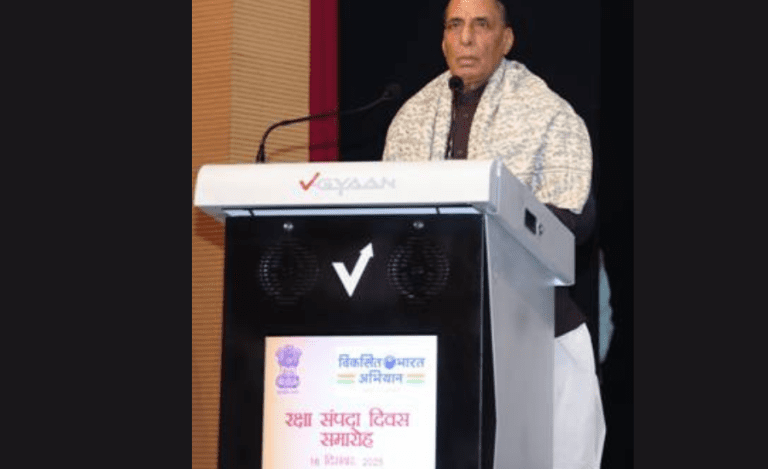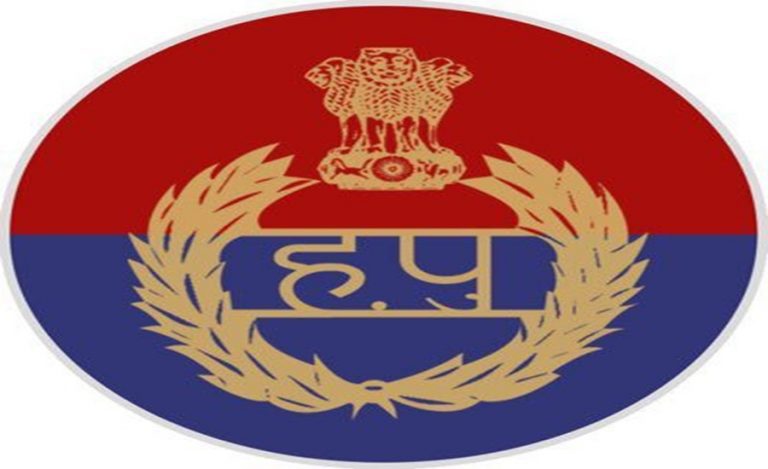New Delhi: In a striking move to bolster national security, India has started blocking the use of China-linked satellites by its domestic broadcasters and teleport operators. This shift reflects deeper concerns around space and communication infrastructure vulnerabilities amid rising geopolitical tensions.
Background of the Story
India’s broadcasting and teleport sector has long depended in part on satellite capacity provided by foreign-based operators, including those with links to China and Hong Kong. Recently, the Indian National Space Promotion and Authorisation Centre (IN-SPACe) under the Department of Space has moved to tighten the regulatory framework, requiring all foreign satellites to obtain explicit approval and favouring domestic satellite capacity.
Read Also: Feel Proud: India Becomes World’s 3rd Most Powerful Air Force, Surpasses China | Rankings Explained
One of the core targets of this policy is Asia Satellite Telecommunications Co. (AsiaSat) — which has served Indian broadcasters for over three decades — and other China-linked operators. Authorities have refused new approvals for several AsiaSat assets (AS-6, AS-8, AS-9) and capped use of AS-5/AS-7 until March 2026.
Broadcasters such as Zee Entertainment Enterprises Ltd. (Zee) and JioStar Networks Ltd. (JioStar) have begun migrating their services to trusted satellites such as India’s GSAT series or US-based Intelsat.
Importance of China-linked Satellites Blocking
Regulatory Shift: Under the new framework, foreign satellites must obtain fresh IN-SPACe authorization before operating in India.
Broadcasters and teleport operators using China-linked satellites have been given a deadline (by March next year) to shift to other infrastructure.
Strategic Motive: Space and satellite communications are now seen as core elements of national security, not just commercial services. Officials say the move is aimed at eliminating dependency on foreign (especially China-linked) satellite infrastructure.
By forcing migration to satellites like GSAT or Intelsat, India is signalling a push for digital sovereignty and reducing risk of external vulnerabilities.
Practical Implication for Broadcasters: Broadcasters must now secure capacity on satellites with trusted ownership or Indian-controlled infrastructure. Entities currently on China-linked satellites must transition before the deadline or risk service disruption.
This shift could lead to increased demand for domestic satellite capacity and faster growth of India’s satellite industry.
Impact of China-Linked Satellites on India’s Broadcast & Space Ecosystem
- The push will accelerate the shift towards domestic satellites (GSAT, etc.) which increases India’s control over broadcasting infrastructure.
- Broadcasters that delay migration could face service disruption, regulatory action, or loss of capacity.
- Investment in India’s satellite sector is likely to pick up as demand for non-China-linked capacity rises.
The move sends a strong signal to international satellite operators that India is prioritising security over legacy commercial arrangements.
Challenges & Considerations
- Transitioning satellite capacity is complex and costly; broadcasters must ensure uninterrupted service while shifting.
- India must ensure its domestic satellite capacity is adequate and reliable to absorb this shift without affecting broadcast quality or capacity.
- The timeline to migrate (by March next year for some cases) may be tight for smaller operators.
- There may be pushback from affected satellite firms (like AsiaSat) over licence renewal and extension.
Way Forward
- Broadcasters will continue migrating their services. Those still on China-linked satellites must finalise shift plans soon.
- India will likely announce further policy details or deadlines as part of its space security push.
- Increased activity in India’s satellite manufacturing and launch ecosystem can be expected, as demand for domestic alternatives grows.
- Monitoring will continue on how this change affects satellite capacity availability, broadcasting costs, and market competition.



























